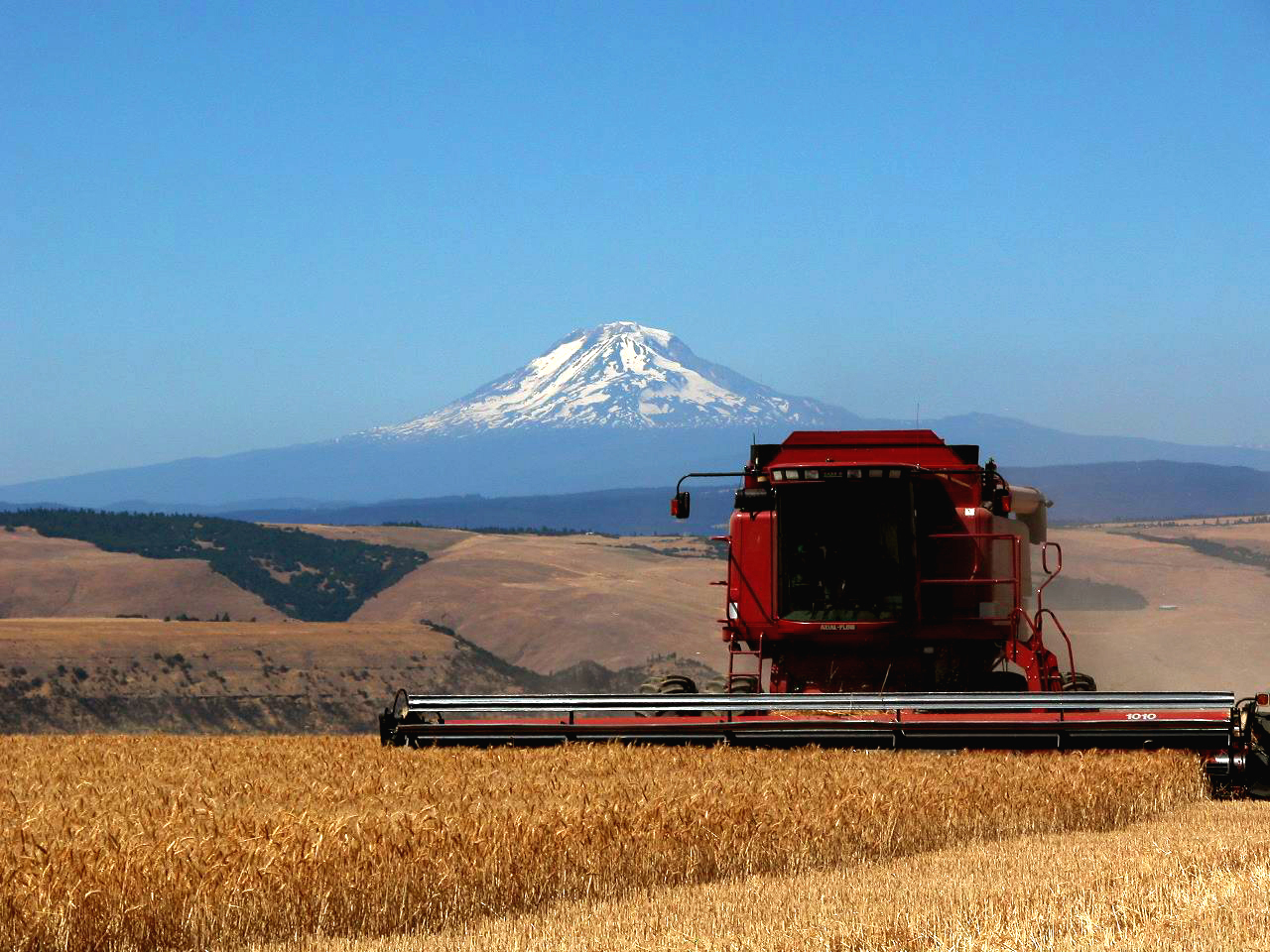Diminishing Low Protein Premiums Add Value to Soft White Export Supplies
By Stephanie Bryant-Erdmann, USW Market Analyst
Four consecutive years of drought, which shrunk soft white (SW) production and increased average protein levels, had the market rationing demand through low protein premiums. Now, after two years of more normal weather patterns, low protein premiums are quickly disappearing providing an excellent buying opportunity for U.S. wheat customers.
In marketing year 2016/17 (June to May), the protein premium for 10.5 percent maximum protein SW shrunk to an average 60 cents per metric ton (MT), compared to the 5-year average of $10 per MT (U.S. protein is calculated on a 12 percent moisture basis). The protein premium for 9.5 maximum protein SW fell to $14 per MT. So far in 2017/18, the 10.5 maximum protein premium has increased slightly to 71 cents per MT due to the uncertainty of harvest; however, the 9.5 maximum protein premium has continued to shrink to an average $6 per MT due to expectations of “normal” protein distributions and an ample supply of SW.
According to USW Crop Quality data, the 5-year average protein for SW is 10.4 percent, which includes two higher protein years (2014/15 and 2015/16). Prior to 2014/15, the 5-year average was 9.9 percent. The expectation of “normal” protein distributions is a direct result of more normal growing conditions. Idaho, Oregon and Washington received timely and ample moisture throughout the growing season, resulting in good stands and grain-fill.
In USDA’s latest winter wheat condition report for 2017/18, winter wheat conditions across the three states averaged 78 percent good to excellent. On July 24, spring wheat conditions in Idaho and Washington were rated 63 percent and 40 percent good to excellent, respectively. Roughly 87 percent of SW is winter wheat and 13 percent is spring wheat.
In addition to good crop conditions, USDA also expects average yield to reach 65.9 bushels per acre (4.43 MT per hectare) or 3 percent above the 5-year average. If realized, that would still be 7 percent below 2016/17 yields. USDA expects large 2017/18 SW beginning stocks to offset an anticipated 11 percent decline in production. Total 2017/18 SW supply is projected to remain stable year over year at 9.77 million metric tons (MMT).
It is important to note that the decline in low protein premiums are currently being driven not by actual data, but by the expectation of normal protein distributions and decent yields at this point because the 2017 SW harvest is only just underway. As always, nothing is guaranteed until the wheat is safely in the bins, but customers can take advantage of the decline in low protein premiums to secure high quality, low-protein SW at reasonable prices.
Customers are encouraged to keep abreast of harvest conditions and to contact their local USW representative with any questions about U.S. wheat supplies and production.
To read the latest USW Weekly Harvest Report, click here.
To subscribe to USW Reports, click here.


